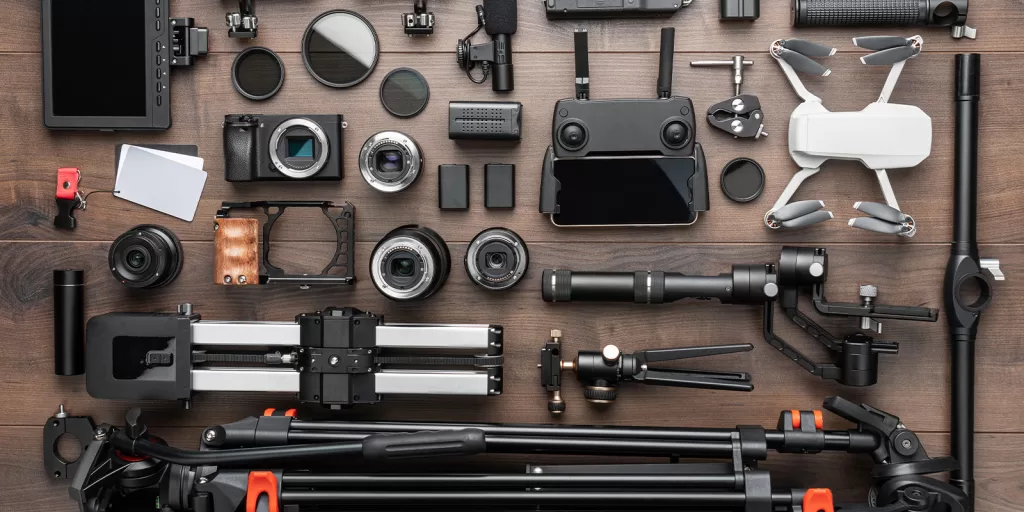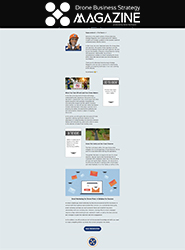
Introduction
As a passionate drone pilot, the allure of capturing stunning aerial footage and exploring new landscapes is likely a driving force behind your desire to travel with your drone. However, before embarking on your journey, it’s crucial to familiarize yourself with the rules and regulations governing drone battery transportation. Whether you’re a recreational flyer, a commercial operator, or a public aircraft pilot, complying with these guidelines is essential to ensure a safe and hassle-free travel experience with your beloved drone.
Can You Take a Drone on a Plane?
Before you start packing your drone for your next adventure, it’s vital to understand the rules regarding carrying drones on airplanes. The Transportation Security Administration (TSA) does permit passengers to bring drones through security checkpoints. However, it’s essential to check with your specific airline before traveling, as each carrier may have its own policies regarding drone transportation.
Certain drones equipped with lithium batteries, fuel cells, or components of parachute systems may be subject to restrictions or even outright prohibition in checked baggage. To avoid any last-minute surprises, contacting your airline in advance and verifying their specific guidelines for carrying drones on board is highly recommended.
Five Key Points To Be Aware of Before Flying With a Drone
Key Point 1 | Batteries: Understand the Classification and Regulations
Drone batteries, particularly lithium-ion cells and lithium metal batteries, are classified as “Dangerous Goods” by the United States Department of Transportation. This designation is not meant to instill fear but to emphasize the importance of handling them with care due to potential fire hazards and explosions during transportation.
- Size Limits: Generally, most lithium-ion batteries up to 100 watt hours (Wh) are allowed on flights. For larger batteries (101–160 Wh) or lithium metal batteries (2–8 grams), you’ll need airline approval, and the maximum allowed is two spares per person.
- Quantity Limits: Personal use batteries typically have no specific quantity restrictions. However, carrying batteries for sale or distribution, such as vendor samples, is strictly prohibited.
- Additional Regulations: When traveling with spare batteries, they must be carried exclusively in your carry-on baggage. Ensure they are well-protected from any damage during transport, and prevent short-circuiting by safeguarding the battery terminals (usually found at the ends) from contact with other metal objects. Moreover, any damaged or recalled batteries or battery-powered devices with a high risk of sparking or generating dangerous heat should not be brought onboard the aircraft, whether in carry-on or checked baggage. It is essential to remove or properly secure such batteries before traveling.
Key Point 2 | Rules of Carry-On and Checked Baggage
Familiarize yourself with the FAA’s PackSafe guidelines and your airline’s specific regulations concerning the transportation of drones, especially those equipped with parachute systems, pyrotechnics, CO₂ cartridges, or specific types of batteries. Understanding these rules helps avoid complications and delays during security screenings.
Key Point 3 | Carrying Cases for Drones: Protect Your Gear
Investing in a reliable carrying case for your drone is essential when traveling. These cases not only keep your drone and its accessories well-organized but also provide the much-needed protection during transit. To avoid potential damage to your drone or batteries due to rough handling during travel, opt for a sturdy carrying case.
While there are numerous aftermarket drone cases available, the original case that your drone came in often offers sufficient protection and may meet carry-on size restrictions. Before your journey, verify that your carrying case fits comfortably in the overhead compartment according to your airline’s guidelines.
Key Point 4 | Getting Through Customs: Destination Country’s Drone Laws
Before embarking on your travel adventure, thoroughly research the drone laws of your destination(s). Keep in mind that drone regulations can significantly vary from one country to another. Ignorance of these laws is not an excuse, and non-compliance could lead to complications at customs or, in severe cases, the confiscation of your drone.
To avoid any unwelcome surprises, conduct comprehensive research on the drone laws of your destination(s) well before your departure. Websites like “Drone Laws” can be valuable resources, offering in-depth information on drone regulations in different countries. Additionally, consult the respective aviation authorities and customs agencies of each country you plan to visit for the most up-to-date and accurate information on drone usage.
Key Point 5 | Follow Established Drone Laws: Fly Responsibly
In addition to adhering to the guidelines for battery transportation and international drone regulations, it is crucial to follow the established drone laws in your home country and the places you intend to fly your drone during your travels. While the following points are not exhaustive, they encompass some fundamental rules established by the Federal Aviation Administration (FAA) in the United States:
- Flying Height Limit: Keep your drone flights below 400 feet above ground level (AGL) to ensure the safety of other aircraft and comply with airspace restrictions.
- Visual Line of Sight: Maintain a clear visual line of sight with your drone during flight, and have a visual observer physically present next to you and in direct communication to assist when needed.
- Avoid Crowded Areas: Refrain from flying your drone over crowded areas, such as sporting events or concerts, to safeguard the safety and privacy of others.
- Emergency and Law Enforcement Activities: Never interfere with emergency response or law enforcement operations. Fly your drone responsibly, ensuring it does not hinder the work of emergency personnel.
- Sobriety During Flight: Flying a drone under the influence of drugs or alcohol is strictly prohibited. Always ensure you are in a clear and responsible state of mind before operating your drone.
- Airport No-Fly Zones: Be aware that most airports have restricted airspace within a 5 to 7-mile radius. Never fly your drone within these no-fly zones unless you have obtained a waiver or authorization from the FAA. Violating these restrictions poses a significant safety hazard to aircraft and may result in serious legal consequences.
Conclusion: The Takeaway
Traveling with drone batteries demands a keen understanding of the rules and regulations to ensure the safety of yourself, fellow passengers, and aviation personnel. By closely following the guidelines presented in this comprehensive guide, you can confidently embark on your journeys with your drone, capturing breathtaking aerial views responsibly and ethically.
Remember, responsible drone usage plays a crucial role in preserving the future of recreational and commercial drone operations. Embrace the sense of adventure that drone travel offers, and respect the laws and regulations set forth by aviation authorities worldwide. Safe travels, happy flying, and may your aerial endeavors inspire awe and wonder wherever your wings take you!
Be smart, safe, and forever fly!
If you have any questions, let us know! If you’d like to hire us, you can get more information here.
Written by: Tony Marino, MBA – FAA Certified Part 107 Commercial Drone Pilot and Chief Business Strategist at Aerial Northwest
Resources
- Drones (FAA): https://www.faa.gov/uas
- FAA’s PackSafe Guidelines
Disclaimer: The information provided in this blog post is for general informational purposes only and should not be construed as legal advice.

DRONE BUSINESS STRATEGY MAGAZINE
A free digital publication made exclusively for all small business drone pilots to them help start-up, become profitable while sustaining a competitive advantage within the drone service industry sector they opt to serve.
“If you love to fly, we’d love to have you come aboard!”
We share your information with no one. Our Privacy Policy.









Leave a Reply
Your email is always safe with us.